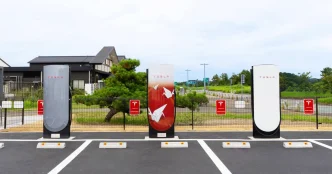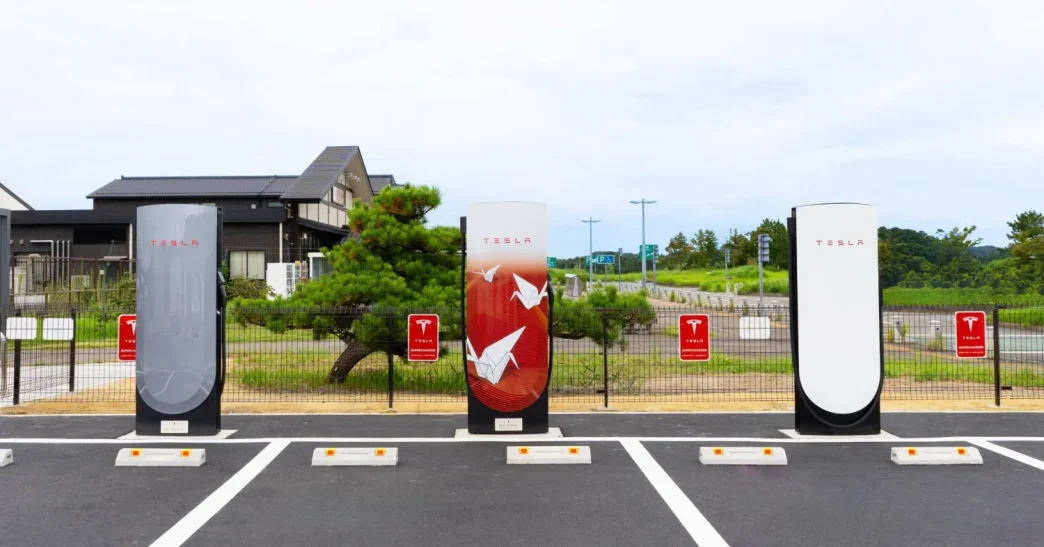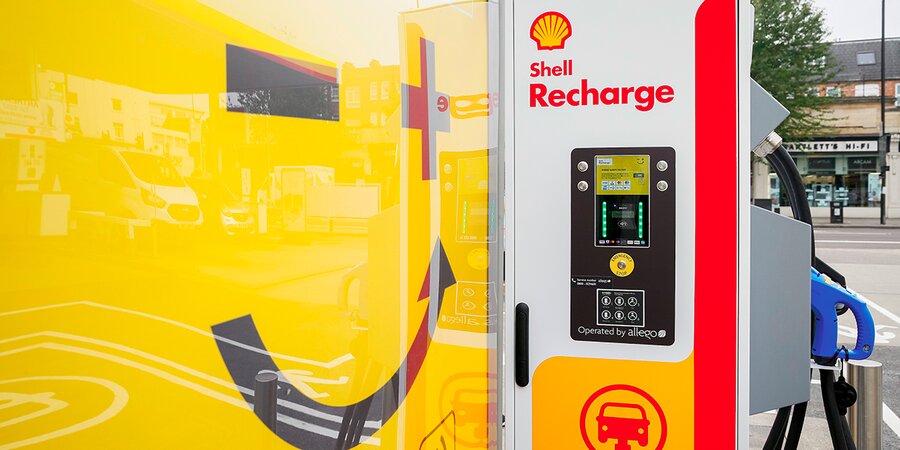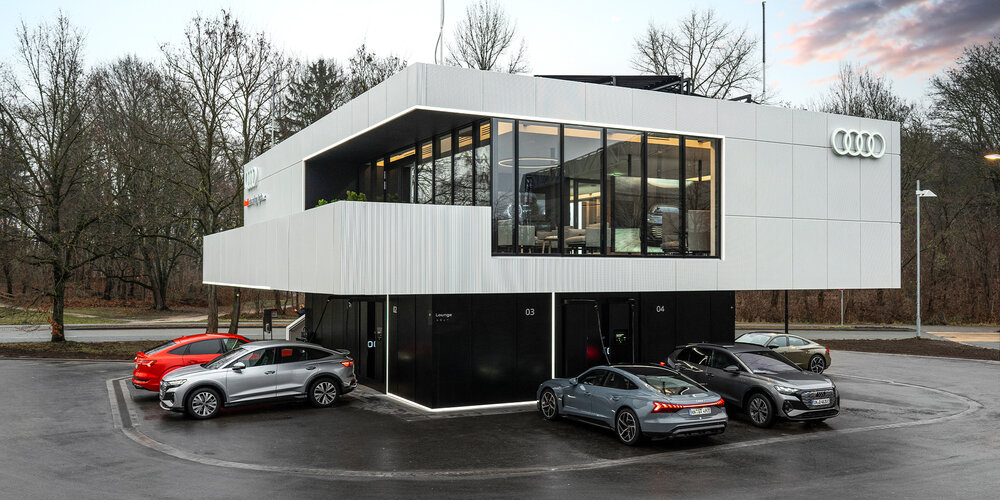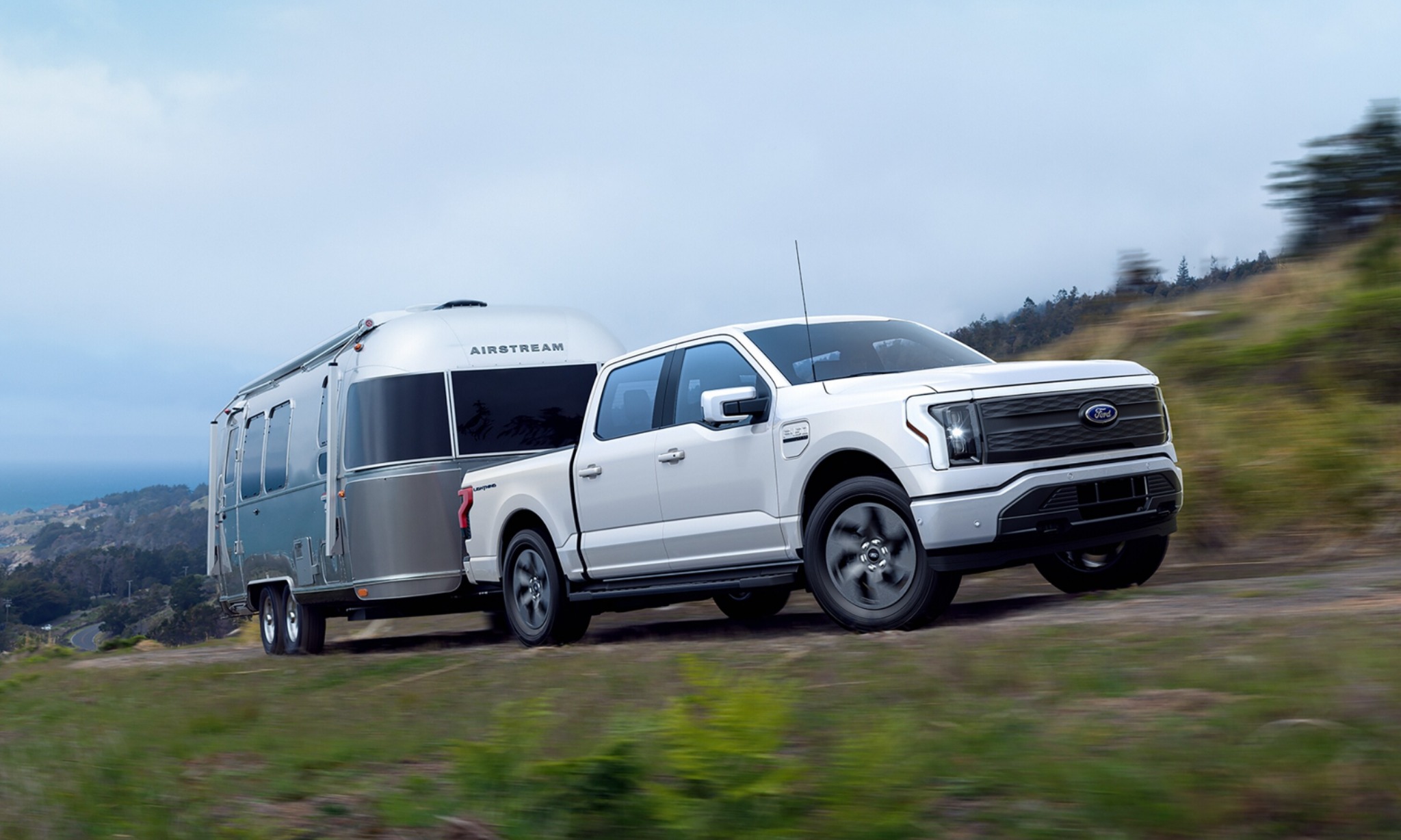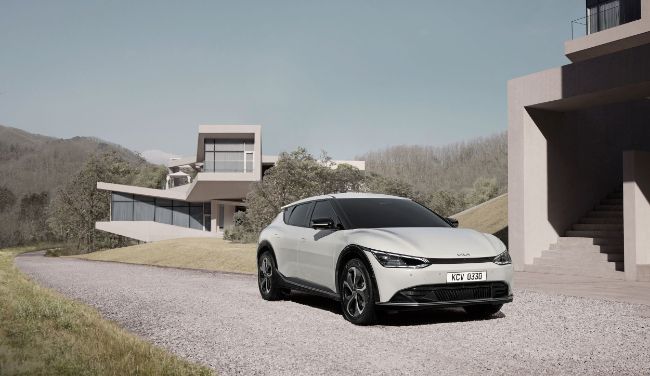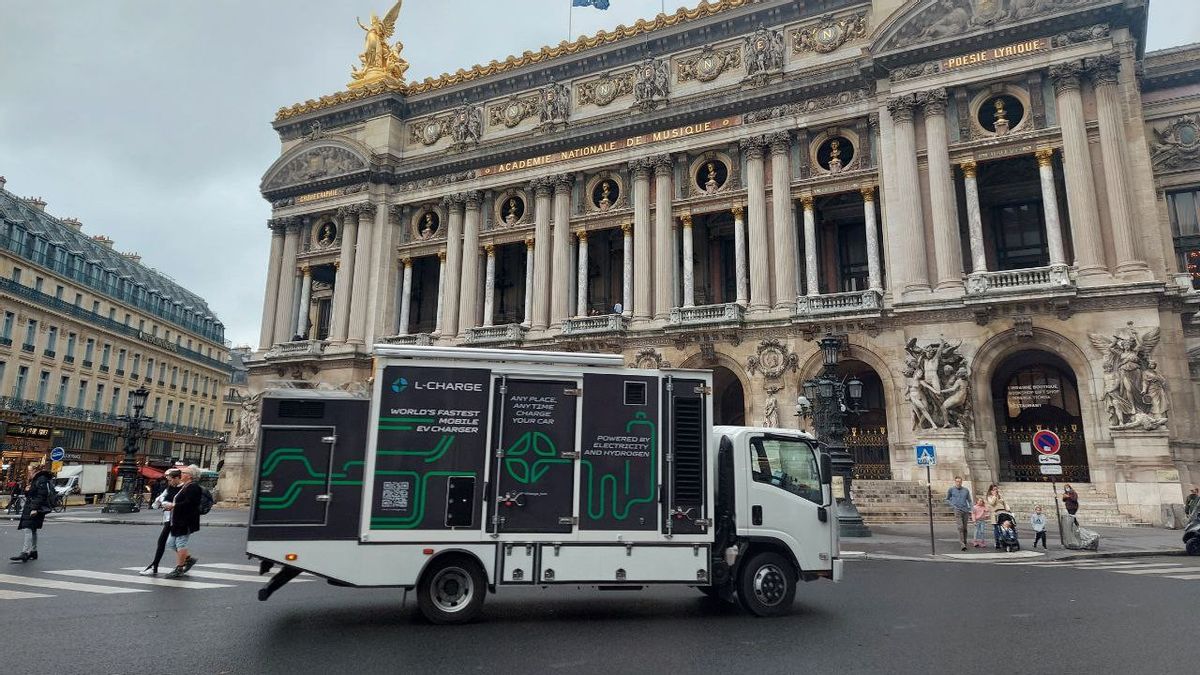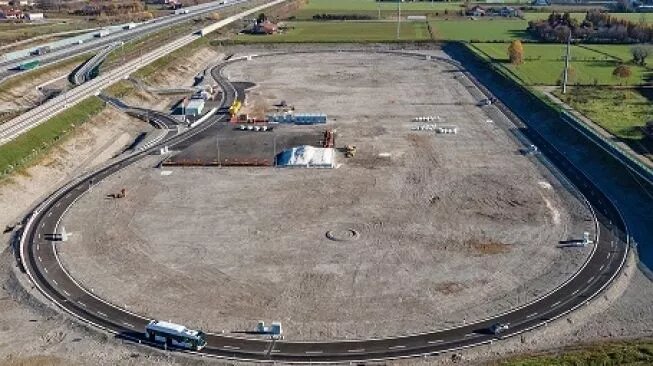Tesla’s Supercharger network has reached a significant milestone, deploying a total of 60,000 charging stalls globally. This network is recognized as the only global DC fast-charging network and is considered one of Tesla’s primary contributions to electric vehicle (EV) infrastructure.
The Supercharger network is frequently described as the most extensive and reliable charging option for EV drivers, particularly in North America.
Today we opened Enshu Morimachi in Japan, commemorating 60,000 Supercharger posts globally and 600 Supercharger posts in Japan. https://t.co/LVxl8amYRF pic.twitter.com/g7QJsTfJ0c
— Tesla Charging (@TeslaCharging) October 17, 2024
However, its deployment rate has slowed this year, even as usage continues to rise with the increasing integration of non-Tesla EVs into the network. According to reports, the slowdown can be attributed to CEO Elon Musk’s decision to dismiss Tesla’s entire charging team earlier this year, a move that necessitated the rehiring of many team members.
国内初となるスーパーチャージャーV4が静岡県 遠州森町についに登場🎉
日本国内600基目 × グローバル60,000基目を記念して特別仕様のポストを設置しました🚗12台同時充電可能
🕒終日利用可能
☕ぷらっとパーク 遠州森町パーキングエリア 上り線(一般道側 駐車場)https://t.co/4VzNl2VcsL pic.twitter.com/Eq0JpMhQ0h— Tesla Japan (@teslajapan) October 17, 2024
Despite these challenges, Tesla announced the deployment of its 60,000th Supercharger, which coincidentally was installed at the same location as Japan’s 600th Supercharger. This expansion reflects the company’s ongoing commitment to enhancing charging accessibility for EV users.
Earlier this month, Tesla provided insights into its Supercharger network, revealing that it delivered 1.4 terawatt-hours of electricity during the last quarter. This achievement marks a pivotal moment for the company, indicating that charging electric vehicles is evolving into a substantial business.
Good Supercharger progress https://t.co/OYt1u3Fld3
— Elon Musk (@elonmusk) October 17, 2024
As noted in the original article, “the fact that Tesla is now entering the terawatt-hour level of quarterly energy delivery through the network” underscores the growing significance of EV charging infrastructure.

